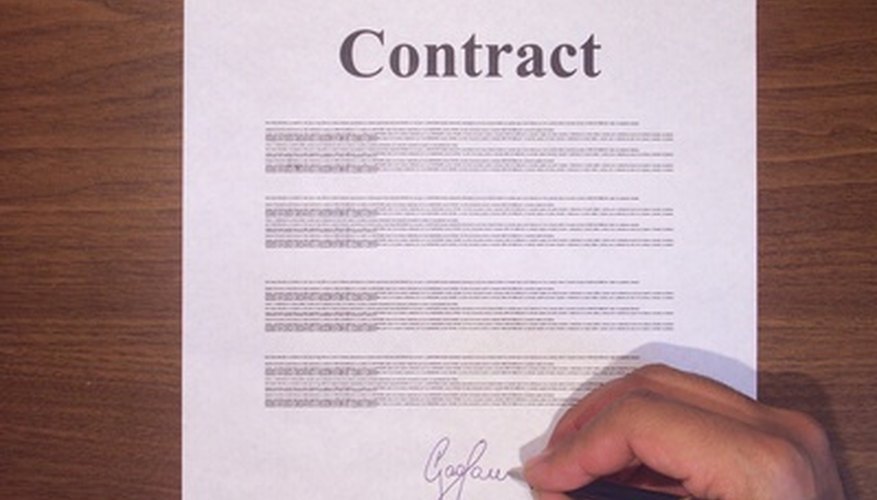An invitation to negotiate may sound like an invitation to a select club or some restricted entry affair, but generally that reality is the farthest from the truth. Instead, it is a documented attempt to make sure that everyone who may have an interest in contracting with the offering party has a chance to do so.
Definition
An invitation to negotiate (ITN) is part of a very formal contracting or procurement process that tends to be most used in government business rather than private side agreements. This is to ensure that government business, using taxpayer revenues, follows the letter of the law in fairness to all possible competitors and entities seeking a government contract. ITNs are frequently used when the criteria for selecting a vendor is more than just low price alone. It can be their experience level, their equipment and proprietary specialities, location of operations or a number of other specifics.
- An invitation to negotiate (ITN) is part of a very formal contracting or procurement process that tends to be most used in government business rather than private side agreements.
How It Works
When first heard, ITNs are commonly confused with contracting offers. This is not the case. An ITN is simply allowing discussions to occur that could lead to an offer and acceptance. In contracting an agreement is not valid unless there is an official offer and acceptance of it, and then an exchange of something of value. The ITN is none of these; it simply opens to door as a notice to start talking about potential offers and related details. ITNs a frequently used to "test the water" so to speak and gauge how many potential vendors or parties would be interested in the specifics the offering party wants.
- When first heard, ITNs are commonly confused with contracting offers.
- An ITN is simply allowing discussions to occur that could lead to an offer and acceptance.
Where ITNs are Announced
Being part of a formal contracting/procurement process, ITNs are a form of communication so they need to be publicly announced. To ensure fair bidding, the location of announcement needs to be as accessible as possible to the general public. Traditionally, ITNs can be announced via newspaper ads, in catalogues, in price quotes and being listed on known open bidding lists on the internet. None of these communication methods are legally an offer; they simply provide the detail of what party may want to see from vendors if they respond to the ad.
- Being part of a formal contracting/procurement process, ITNs are a form of communication so they need to be publicly announced.
What Makes a Legal Offer to an ITN
When a vendor does respond to an ITN, they need to do it in such a way that the offer becomes legal and binding. This is done by reviewing the details of the ITN, responding with the correct format, and putting forth a response with price and services that the vendor is willing to be locked into. This then makes a valid offer. Once received, the ITN party now has to decide within the rules specified in the ITN, who has the best offer from all the responders.
- When a vendor does respond to an ITN, they need to do it in such a way that the offer becomes legal and binding.
- This is done by reviewing the details of the ITN, responding with the correct format, and putting forth a response with price and services that the vendor is willing to be locked into.
Acceptance
If the party who sent the ITN receives a valid offer and accepts it on its face and communicates this to the vendor, then there is legal acceptance. All that is needed now is that service or goods are provided in exchange for payment. The exchange of value is called consideration.
If, on the other hand, the ITN party revises the received offer with some changes, it is not acceptance. Instead, the ITN party has now made a new offer and the vendor has to decide whether to accept. This rarely happens in an ITN process because the ITN party has locked itself into bidding criteria based on what was specified in the ITN to begin with. It would be unfair to other vendor bidders to then change specifications after the fact.
- If the party who sent the ITN receives a valid offer and accepts it on its face and communicates this to the vendor, then there is legal acceptance.
- Instead, the ITN party has now made a new offer and the vendor has to decide whether to accept.
